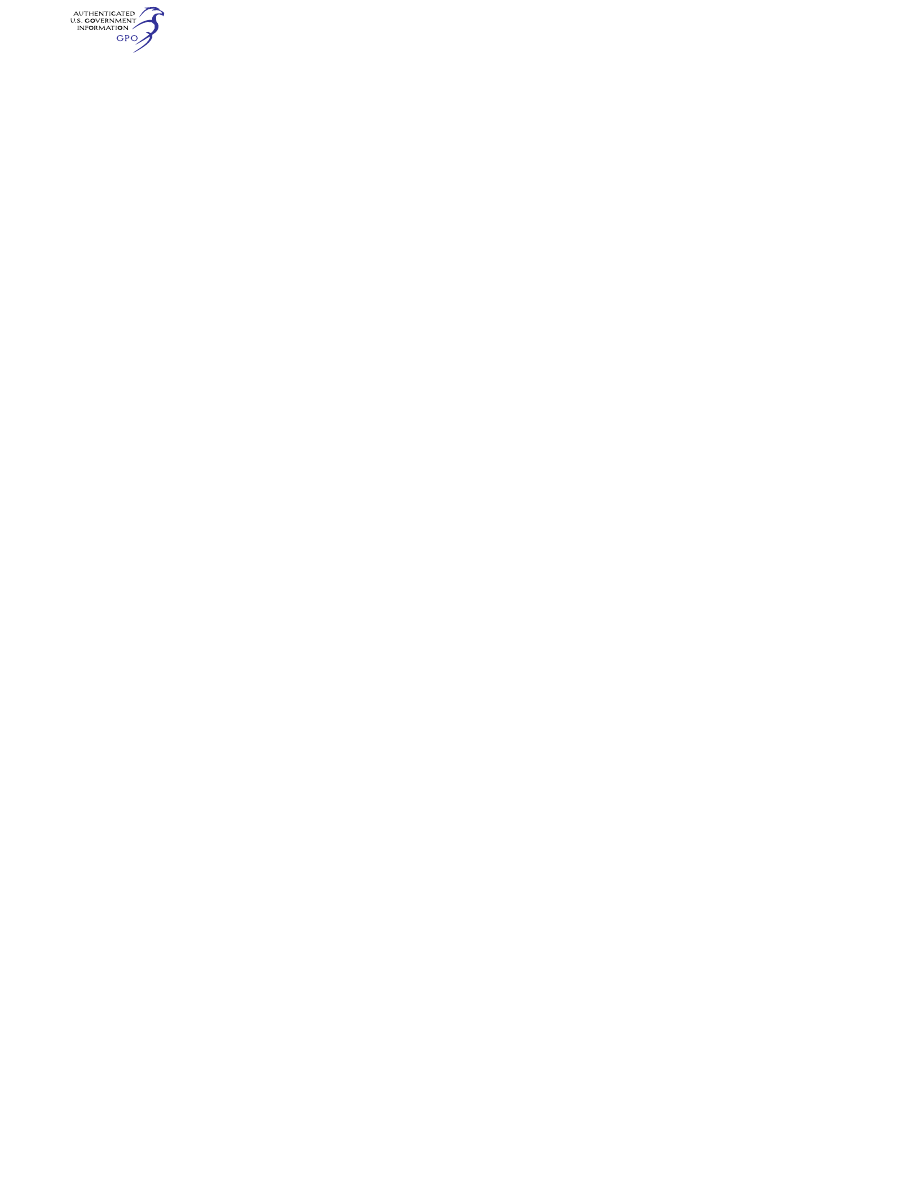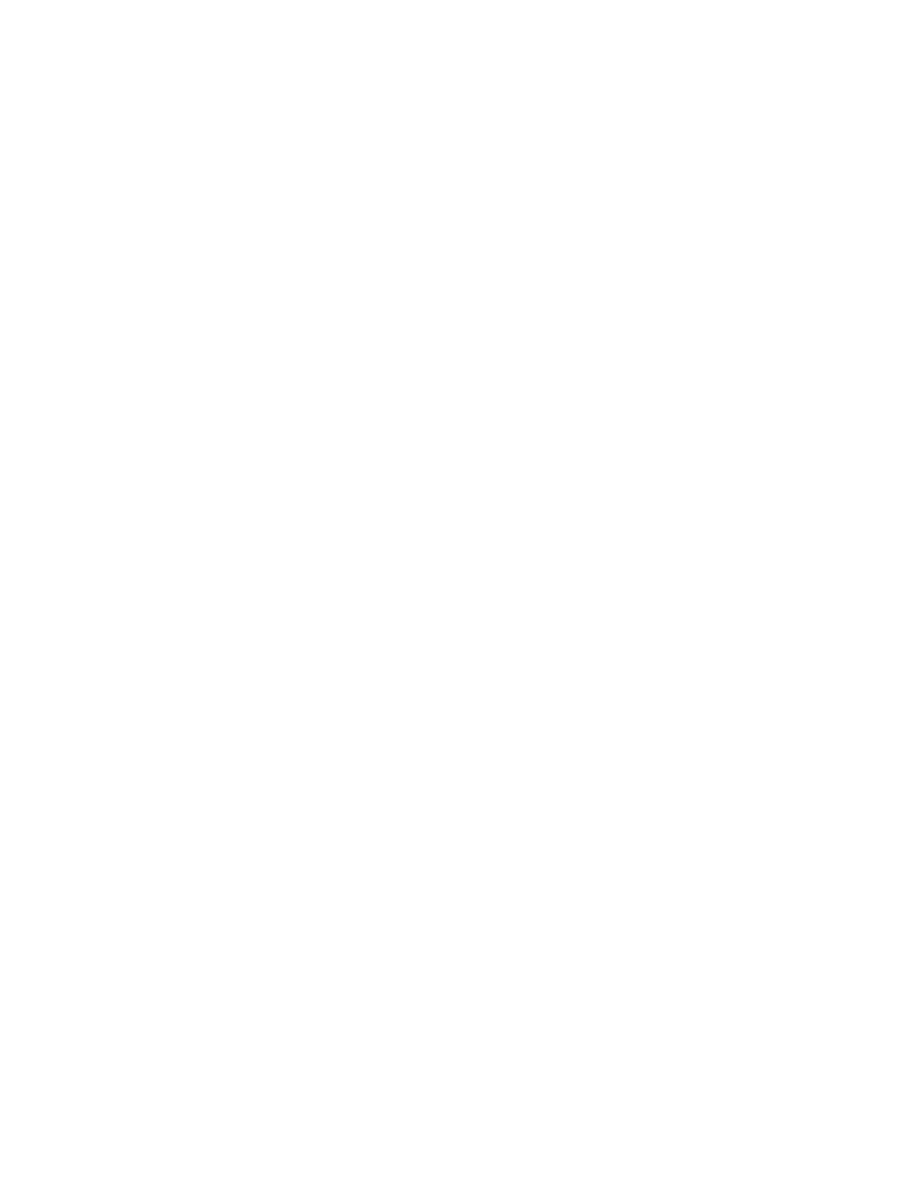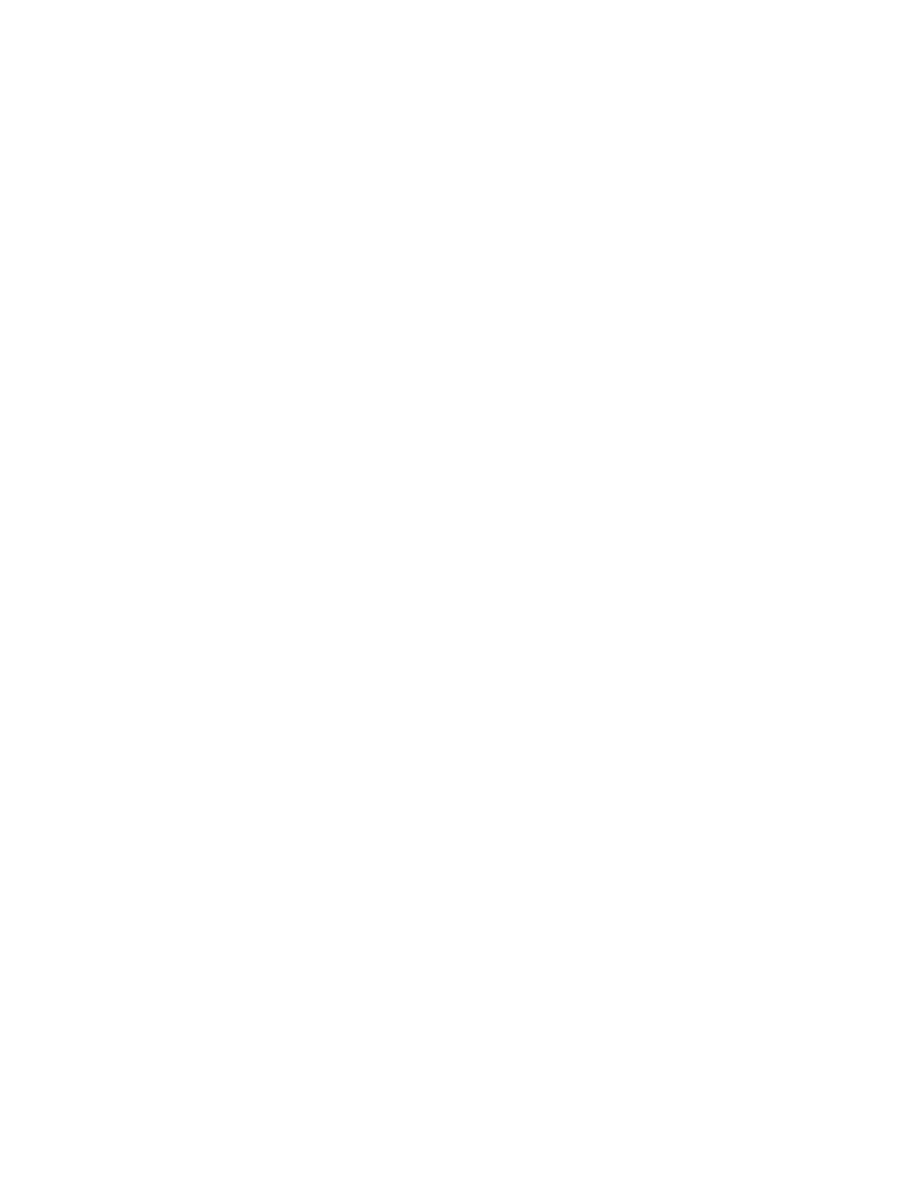
739
Federal Aviation Administration, DOT
§ 91.409
§ 91.403
General.
(a) The owner or operator of an air-
craft is primarily responsible for main-
taining that aircraft in an airworthy
condition, including compliance with
part 39 of this chapter.
(b) No person may perform mainte-
nance, preventive maintenance, or al-
terations on an aircraft other than as
prescribed in this subpart and other ap-
plicable regulations, including part 43
of this chapter.
(c) No person may operate an aircraft
for which a manufacturer’s mainte-
nance manual or instructions for con-
tinued airworthiness has been issued
that contains an airworthiness limita-
tions section unless the mandatory re-
placement times, inspection intervals,
and related procedures specified in that
section or alternative inspection inter-
vals and related procedures set forth in
an operations specification approved
by the Administrator under part 121 or
135 of this chapter or in accordance
with an inspection program approved
under § 91.409(e) have been complied
with.
(d) A person must not alter an air-
craft based on a supplemental type cer-
tificate unless the owner or operator of
the aircraft is the holder of the supple-
mental type certificate, or has written
permission from the holder.
[Doc. No. 18334, 54 FR 34311, Aug. 18, 1989, as
amended by Amdt. 91–267, 66 FR 21066, Apr.
27, 2001; Amdt. 91–293, 71 FR 56005, Sept. 26,
2006]
§ 91.405
Maintenance required.
Each owner or operator of an air-
craft—
(a) Shall have that aircraft inspected
as prescribed in subpart E of this part
and shall between required inspections,
except as provided in paragraph (c) of
this section, have discrepancies re-
paired as prescribed in part 43 of this
chapter;
(b) Shall ensure that maintenance
personnel make appropriate entries in
the aircraft maintenance records indi-
cating the aircraft has been approved
for return to service;
(c) Shall have any inoperative instru-
ment or item of equipment, permitted
to be inoperative by § 91.213(d)(2) of this
part, repaired, replaced, removed, or
inspected at the next required inspec-
tion; and
(d) When listed discrepancies include
inoperative instruments or equipment,
shall ensure that a placard has been in-
stalled as required by § 43.11 of this
chapter.
§ 91.407
Operation after maintenance,
preventive maintenance, rebuild-
ing, or alteration.
(a) No person may operate any air-
craft that has undergone maintenance,
preventive maintenance, rebuilding, or
alteration unless—
(1) It has been approved for return to
service by a person authorized under
§ 43.7 of this chapter; and
(2) The maintenance record entry re-
quired by § 43.9 or § 43.11, as applicable,
of this chapter has been made.
(b) No person may carry any person
(other than crewmembers) in an air-
craft that has been maintained, re-
built, or altered in a manner that may
have appreciably changed its flight
characteristics or substantially af-
fected its operation in flight until an
appropriately rated pilot with at least
a private pilot certificate flies the air-
craft, makes an operational check of
the maintenance performed or alter-
ation made, and logs the flight in the
aircraft records.
(c) The aircraft does not have to be
flown as required by paragraph (b) of
this section if, prior to flight, ground
tests, inspection, or both show conclu-
sively that the maintenance, preven-
tive maintenance, rebuilding, or alter-
ation has not appreciably changed the
flight characteristics or substantially
affected the flight operation of the air-
craft.
(Approved by the Office of Management and
Budget under control number 2120–0005)
§ 91.409
Inspections.
(a) Except as provided in paragraph
(c) of this section, no person may oper-
ate an aircraft unless, within the pre-
ceding 12 calendar months, it has had—
(1) An annual inspection in accord-
ance with part 43 of this chapter and
has been approved for return to service
by a person authorized by § 43.7 of this
chapter; or
VerDate Sep<11>2014
14:00 Mar 14, 2024
Jkt 262047
PO 00000
Frm 00749
Fmt 8010
Sfmt 8010
Q:\14\14V2.TXT
PC31
aworley on LAPBH6H6L3 with DISTILLER

740
14 CFR Ch. I (1–1–24 Edition)
§ 91.409
(2) An inspection for the issuance of
an airworthiness certificate in accord-
ance with part 21 of this chapter.
No inspection performed under para-
graph (b) of this section may be sub-
stituted for any inspection required by
this paragraph unless it is performed
by a person authorized to perform an-
nual inspections and is entered as an
‘‘annual’’ inspection in the required
maintenance records.
(b) Except as provided in paragraph
(c) of this section, no person may oper-
ate an aircraft carrying any person
(other than a crewmember) for hire,
and no person may give flight instruc-
tion for hire in an aircraft which that
person provides, unless within the pre-
ceding 100 hours of time in service the
aircraft has received an annual or 100-
hour inspection and been approved for
return to service in accordance with
part 43 of this chapter or has received
an inspection for the issuance of an air-
worthiness certificate in accordance
with part 21 of this chapter. The 100-
hour limitation may be exceeded by
not more than 10 hours while en route
to reach a place where the inspection
can be done. The excess time used to
reach a place where the inspection can
be done must be included in computing
the next 100 hours of time in service.
(c) Paragraphs (a) and (b) of this sec-
tion do not apply to—
(1) An aircraft that carries a special
flight permit, a current experimental
certificate, or a light-sport or provi-
sional airworthiness certificate;
(2) An aircraft inspected in accord-
ance with an approved aircraft inspec-
tion program under part 125 or 135 of
this chapter and so identified by the
registration number in the operations
specifications of the certificate holder
having the approved inspection pro-
gram;
(3) An aircraft subject to the require-
ments of paragraph (d) or (e) of this
section; or
(4) Turbine-powered rotorcraft when
the operator elects to inspect that
rotorcraft in accordance with para-
graph (e) of this section.
(d)
Progressive inspection. Each reg-
istered owner or operator of an aircraft
desiring to use a progressive inspection
program must submit a written request
to the responsible Flight Standards of-
fice, and shall provide—
(1) A certificated mechanic holding
an inspection authorization, a certifi-
cated airframe repair station, or the
manufacturer of the aircraft to super-
vise or conduct the progressive inspec-
tion;
(2) A current inspection procedures
manual available and readily under-
standable to pilot and maintenance
personnel containing, in detail—
(i) An explanation of the progressive
inspection, including the continuity of
inspection responsibility, the making
of reports, and the keeping of records
and technical reference material;
(ii) An inspection schedule, speci-
fying the intervals in hours or days
when routine and detailed inspections
will be performed and including in-
structions for exceeding an inspection
interval by not more than 10 hours
while en route and for changing an in-
spection interval because of service ex-
perience;
(iii) Sample routine and detailed in-
spection forms and instructions for
their use; and
(iv) Sample reports and records and
instructions for their use;
(3) Enough housing and equipment
for necessary disassembly and proper
inspection of the aircraft; and
(4) Appropriate current technical in-
formation for the aircraft.
The frequency and detail of the pro-
gressive inspection shall provide for
the complete inspection of the aircraft
within each 12 calendar months and be
consistent with the manufacturer’s
recommendations, field service experi-
ence, and the kind of operation in
which the aircraft is engaged. The pro-
gressive inspection schedule must en-
sure that the aircraft, at all times, will
be airworthy and will conform to all
applicable FAA aircraft specifications,
type certificate data sheets, airworthi-
ness directives, and other approved
data. If the progressive inspection is
discontinued, the owner or operator
shall immediately notify the respon-
sible Flight Standards office, in writ-
ing, of the discontinuance. After the
discontinuance, the first annual inspec-
tion under § 91.409(a)(1) is due within 12
calendar months after the last com-
plete inspection of the aircraft under
VerDate Sep<11>2014
14:00 Mar 14, 2024
Jkt 262047
PO 00000
Frm 00750
Fmt 8010
Sfmt 8010
Q:\14\14V2.TXT
PC31
aworley on LAPBH6H6L3 with DISTILLER

741
Federal Aviation Administration, DOT
§ 91.409
the progressive inspection. The 100-
hour inspection under § 91.409(b) is due
within 100 hours after that complete
inspection. A complete inspection of
the aircraft, for the purpose of deter-
mining when the annual and 100-hour
inspections are due, requires a detailed
inspection of the aircraft and all its
components in accordance with the
progressive inspection. A routine in-
spection of the aircraft and a detailed
inspection of several components is not
considered to be a complete inspection.
(e)
Large airplanes (to which part 125 is
not applicable), turbojet multiengine air-
planes, turbopropeller-powered multien-
gine airplanes, and turbine-powered
rotorcraft. No person may operate a
large airplane, turbojet multiengine
airplane, turbopropeller-powered mul-
tiengine airplane, or turbine-powered
rotorcraft unless the replacement
times for life-limited parts specified in
the aircraft specifications, type data
sheets, or other documents approved by
the Administrator are complied with
and the airplane or turbine-powered
rotorcraft, including the airframe, en-
gines, propellers, rotors, appliances,
survival equipment, and emergency
equipment, is inspected in accordance
with an inspection program selected
under the provisions of paragraph (f) of
this section, except that, the owner or
operator of a turbine-powered rotor-
craft may elect to use the inspection
provisions of § 91.409(a), (b), (c), or (d) in
lieu of an inspection option of
§ 91.409(f).
(f)
Selection of inspection program
under paragraph (e) of this section. The
registered owner or operator of each
airplane or turbine-powered rotorcraft
described in paragraph (e) of this sec-
tion must select, identify in the air-
craft maintenance records, and use one
of the following programs for the in-
spection of the aircraft:
(1) A continuous airworthiness in-
spection program that is part of a con-
tinuous airworthiness maintenance
program currently in use by a person
holding an air carrier operating certifi-
cate or an operating certificate issued
under part 121 or 135 of this chapter and
operating that make and model air-
craft under part 121 of this chapter or
operating that make and model under
part 135 of this chapter and maintain-
ing it under § 135.411(a)(2) of this chap-
ter.
(2) An approved aircraft inspection
program approved under § 135.419 of this
chapter and currently in use by a per-
son holding an operating certificate
issued under part 135 of this chapter.
(3) A current inspection program rec-
ommended by the manufacturer.
(4) Any other inspection program es-
tablished by the registered owner or
operator of that airplane or turbine-
powered rotorcraft and approved by the
Administrator under paragraph (g) of
this section. However, the Adminis-
trator may require revision of this in-
spection program in accordance with
the provisions of § 91.415.
Each operator shall include in the se-
lected program the name and address
of the person responsible for scheduling
the inspections required by the pro-
gram and make a copy of that program
available to the person performing in-
spections on the aircraft and, upon re-
quest, to the Administrator.
(g)
Inspection program approved under
paragraph (e) of this section. Each oper-
ator of an airplane or turbine-powered
rotorcraft desiring to establish or
change an approved inspection program
under paragraph (f)(4) of this section
must submit the program for approval
to the responsible Flight Standards of-
fice. The program must be in writing
and include at least the following in-
formation:
(1) Instructions and procedures for
the conduct of inspections for the par-
ticular make and model airplane or
turbine-powered rotorcraft, including
necessary tests and checks. The in-
structions and procedures must set
forth in detail the parts and areas of
the airframe, engines, propellers, ro-
tors, and appliances, including survival
and emergency equipment required to
be inspected.
(2) A schedule for performing the in-
spections that must be performed
under the program expressed in terms
of the time in service, calendar time,
number of system operations, or any
combination of these.
(h)
Changes from one inspection pro-
gram to another. When an operator
changes from one inspection program
under paragraph (f) of this section to
another, the time in service, calendar
VerDate Sep<11>2014
14:00 Mar 14, 2024
Jkt 262047
PO 00000
Frm 00751
Fmt 8010
Sfmt 8010
Q:\14\14V2.TXT
PC31
aworley on LAPBH6H6L3 with DISTILLER

742
14 CFR Ch. I (1–1–24 Edition)
§ 91.410
times, or cycles of operation accumu-
lated under the previous program must
be applied in determining inspection
due times under the new program.
(Approved by the Office of Management and
Budget under control number 2120–0005)
[Doc. No. 18334, 54 FR 34311, Aug. 18, 1989;
Amdt. 91–211, 54 FR 41211, Oct. 5, 1989; Amdt.
91–267, 66 FR 21066, Apr. 27, 2001; Amdt. 91–282,
69 FR 44882, July 27, 2004; Docket FAA–2018–
0119, Amdt. 91–350, 83 FR 9171, Mar. 5, 2018]
§ 91.410
[Reserved]
§ 91.411
Altimeter system and altitude
reporting equipment tests and in-
spections.
(a) No person may operate an air-
plane, or helicopter, in controlled air-
space under IFR unless—
(1) Within the preceding 24 calendar
months, each static pressure system,
each altimeter instrument, and each
automatic pressure altitude reporting
system has been tested and inspected
and found to comply with appendices E
and F of part 43 of this chapter;
(2) Except for the use of system drain
and alternate static pressure valves,
following any opening and closing of
the static pressure system, that system
has been tested and inspected and
found to comply with paragraph (a),
appendix E, of part 43 of this chapter;
and
(3) Following installation or mainte-
nance on the automatic pressure alti-
tude reporting system of the ATC
transponder where data correspondence
error could be introduced, the inte-
grated system has been tested, in-
spected, and found to comply with
paragraph (c), appendix E, of part 43 of
this chapter.
(b) The tests required by paragraph
(a) of this section must be conducted
by—
(1) The manufacturer of the airplane,
or helicopter, on which the tests and
inspections are to be performed;
(2) A certificated repair station prop-
erly equipped to perform those func-
tions and holding—
(i) An instrument rating, Class I;
(ii) A limited instrument rating ap-
propriate to the make and model of ap-
pliance to be tested;
(iii) A limited rating appropriate to
the test to be performed;
(iv) An airframe rating appropriate
to the airplane, or helicopter, to be
tested; or
(3) A certificated mechanic with an
airframe rating (static pressure system
tests and inspections only).
(c) Altimeter and altitude reporting
equipment approved under Technical
Standard Orders are considered to be
tested and inspected as of the date of
their manufacture.
(d) No person may operate an air-
plane, or helicopter, in controlled air-
space under IFR at an altitude above
the maximum altitude at which all al-
timeters and the automatic altitude re-
porting system of that airplane, or hel-
icopter, have been tested.
[Doc. No. 18334, 54 FR 34308, Aug. 18, 1989, as
amended by Amdt. 91–269, 66 FR 41116, Aug. 6,
2001; 72 FR 7739, Feb. 20, 2007]
§ 91.413
ATC transponder tests and in-
spections.
(a) No persons may use an ATC trans-
ponder that is specified in 91.215(a),
121.345(c), or § 135.143(c) of this chapter
unless, within the preceding 24 cal-
endar months, the ATC transponder
has been tested and inspected and
found to comply with appendix F of
part 43 of this chapter; and
(b) Following any installation or
maintenance on an ATC transponder
where data correspondence error could
be introduced, the integrated system
has been tested, inspected, and found
to comply with paragraph (c), appendix
E, of part 43 of this chapter.
(c) The tests and inspections speci-
fied in this section must be conducted
by—
(1) A certificated repair station prop-
erly equipped to perform those func-
tions and holding—
(i) A radio rating, Class III;
(ii) A limited radio rating appro-
priate to the make and model trans-
ponder to be tested;
(iii) A limited rating appropriate to
the test to be performed;
(2) A holder of a continuous air-
worthiness maintenance program as
provided in part 121 or § 135.411(a)(2) of
this chapter; or
(3) The manufacturer of the aircraft
on which the transponder to be tested
VerDate Sep<11>2014
14:00 Mar 14, 2024
Jkt 262047
PO 00000
Frm 00752
Fmt 8010
Sfmt 8010
Q:\14\14V2.TXT
PC31
aworley on LAPBH6H6L3 with DISTILLER



